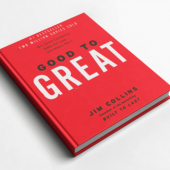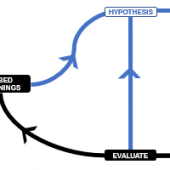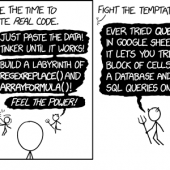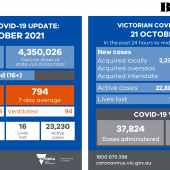How does your company invest in data? Were there multiple workshops with the people who will be using the information day in day out?
A couple years ago, I renovated my kitchen. In the design process, the architect told me the optimum triangle between fridge, stove and sink. He told me the right width for comfortable distance for walking path between the fridge and my island bench. He prescribed the height and depth of the bench.
What he didn’t do was enforce on me how best to organise my spices and cooking oils. Or, whether to have drawers or shelves. These, he provided loosely held suggestions and left the final decisions to me.
Now, what does the delineation looks like for data investments? Which decisions should be entirely left with the technologists, which to the data presentation experts, which to the data integration experts, etc? What about data modelling?
Based on our recent experience, incorrect separation of concern creates an ineffective data workplace. Take data modelling. Say the job of data modeller is to design the best placement of the various cabinets / drawers for best flow in day to day kitchen use. When the design of the kitchen takes into account the right width for walkway, data modeller has nothing to input there. But when its too tight, it affected her result. And rightly or wrongly, she then try to influence the width of the walkway.
Where is the line though? And at what cost?
Now, back to the information consumers in the business, how much say do they have?
In today’s rapidly changing world, can we abstract out the separation of concerns so it works optimally for various settings as the business adapts to its surrounding? MAEV & Co will unpack this in our future posts.







